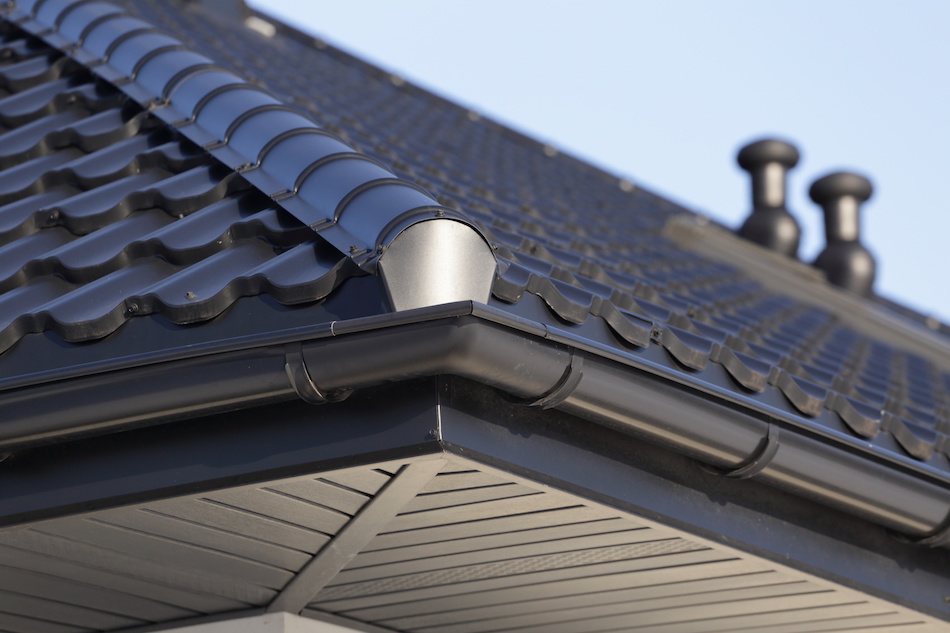3 Tips to Find and Fix Roof Damage
Posted by Justin Havre on Tuesday, February 6th, 2018 at 7:17am.
 Checking the roof isn't usually on a homeowner's honey-do list because of the nature of the job. From faulty ladders to slips and falls, it's the component of the home that's most often overlooked until it's too late. Homeowners who are looking to be a little more proactive can save themselves a lot of time, money, and energy if they take more of an interest in their roof. Use these three tips to get a better idea of what to do about roof damage (and how to fix it before it even becomes a problem in your Varsity home).
Checking the roof isn't usually on a homeowner's honey-do list because of the nature of the job. From faulty ladders to slips and falls, it's the component of the home that's most often overlooked until it's too late. Homeowners who are looking to be a little more proactive can save themselves a lot of time, money, and energy if they take more of an interest in their roof. Use these three tips to get a better idea of what to do about roof damage (and how to fix it before it even becomes a problem in your Varsity home).
Look for the Signs
There are a few ways to tell if the roof has a structural problem without having to get up on a ladder. Check the attic or the crawlspace for any moisture or water damage. If the shingles are starting to curl on the outside, the wallpaper is starting to stain on the inside, or the paint is starting to peel, these are all signs that moisture is getting into the home when it shouldn't. If the home has a recent insect infestation, this is usually a sign that the soffit is damaged. The soffit refers to the underside of the roof and is typically made with a hard material such as cement or steel.
Soffit needs to be in a very specific position to encourage proper air circulation. If it shifts its location or starts to wear away over time, then the home will be open to the elements. Depending on the material of the roof, roofs may not last longer than 15 – 20 years. Simply checking on the date of construction and its lifespan can give you a better its condition.
Take Care of the Gutters
This common home maintenance task gives homeowners a golden opportunity to start inspecting the technical components of the roof. For example, the flashing of the roof can be found directly over the joints. If the homeowner sees tearing or buckling, it's usually a sign that at least a portion of the flashing will need to be repaired or replaced. Fixing it will require pulling off the old flashing, buying a replacement, and then working with cement to seal everything in place.
The longer an owner leaves their gutters, the more likely it is that the weight of leaves, dirt, and snow will start to drag down both the gutter and the roof itself. In addition, clean gutters are far less likely to develop the ice dams that lead to dangerous icicles, making the home safer for both residents and passersby.
Patch-Up Jobs
Small holes in the roof can be filled with either caulk or cement, and it's fairly easy to find directions about how to patch them based on the shape of the roof. For example, a flat roof will have a special primer and patching system that homeowners can use provided the roof is perfectly dry. However, homeowners should really only patch their roof as a short-term fix. The roof doesn't have to be off-limits to a homeowner, but some jobs are best left to a professional if there's any kind of damage.
Leaks are usually a sign that the homeowner has learned about the problem after it's too late, which makes it a good time to check with a professional. They can not only properly patch a problem, they can let you know if the roof is starting to reach its expiration date. Most Canadians probably know the basics of roof repair, but there are certain jobs where hiring a pro is going to save more money over time.
Fixing roof damage may be expensive, but it will generally save a homeowner money over time. Mold or moisture damage is not only notoriously time-consuming to get rid of, it's also one of the most expensive fixes that a homeowner will ever have to deal with. The best thing you can do to fix the roof is to keep an eye on it before it starts to fade away.
